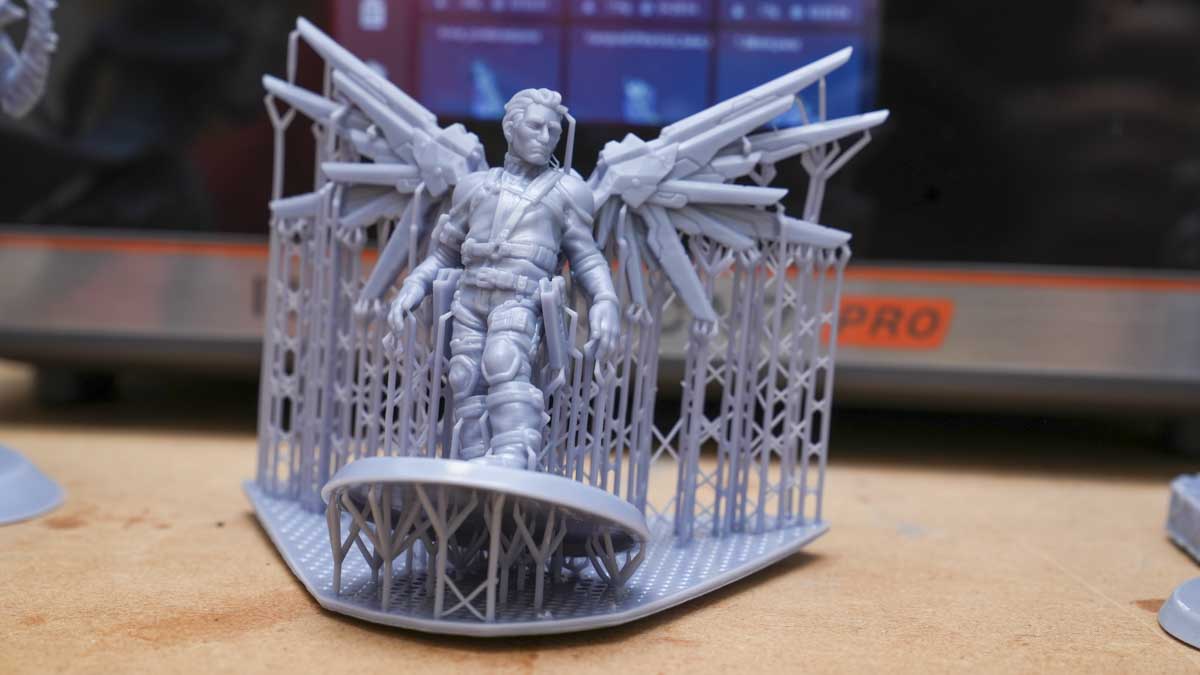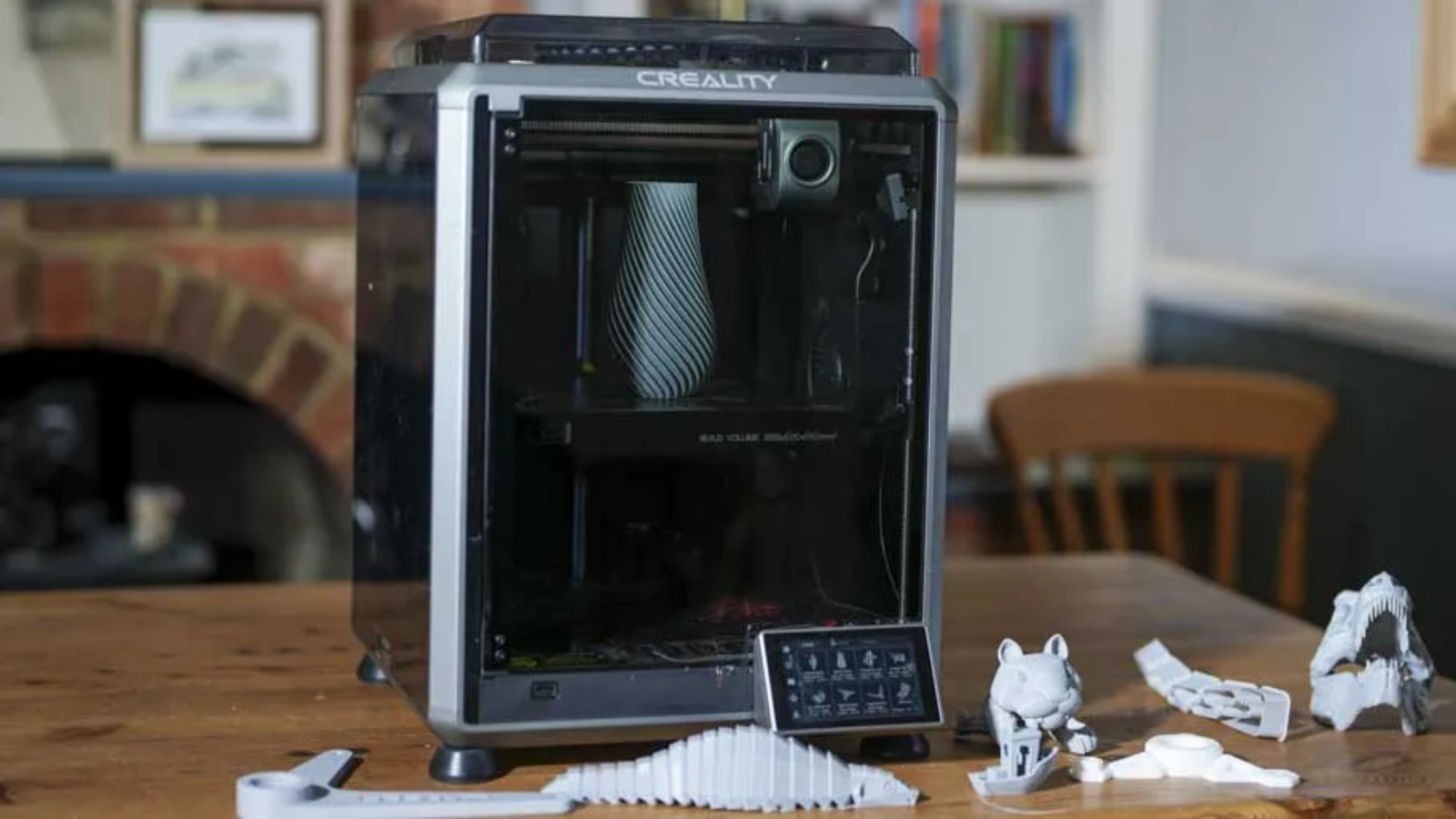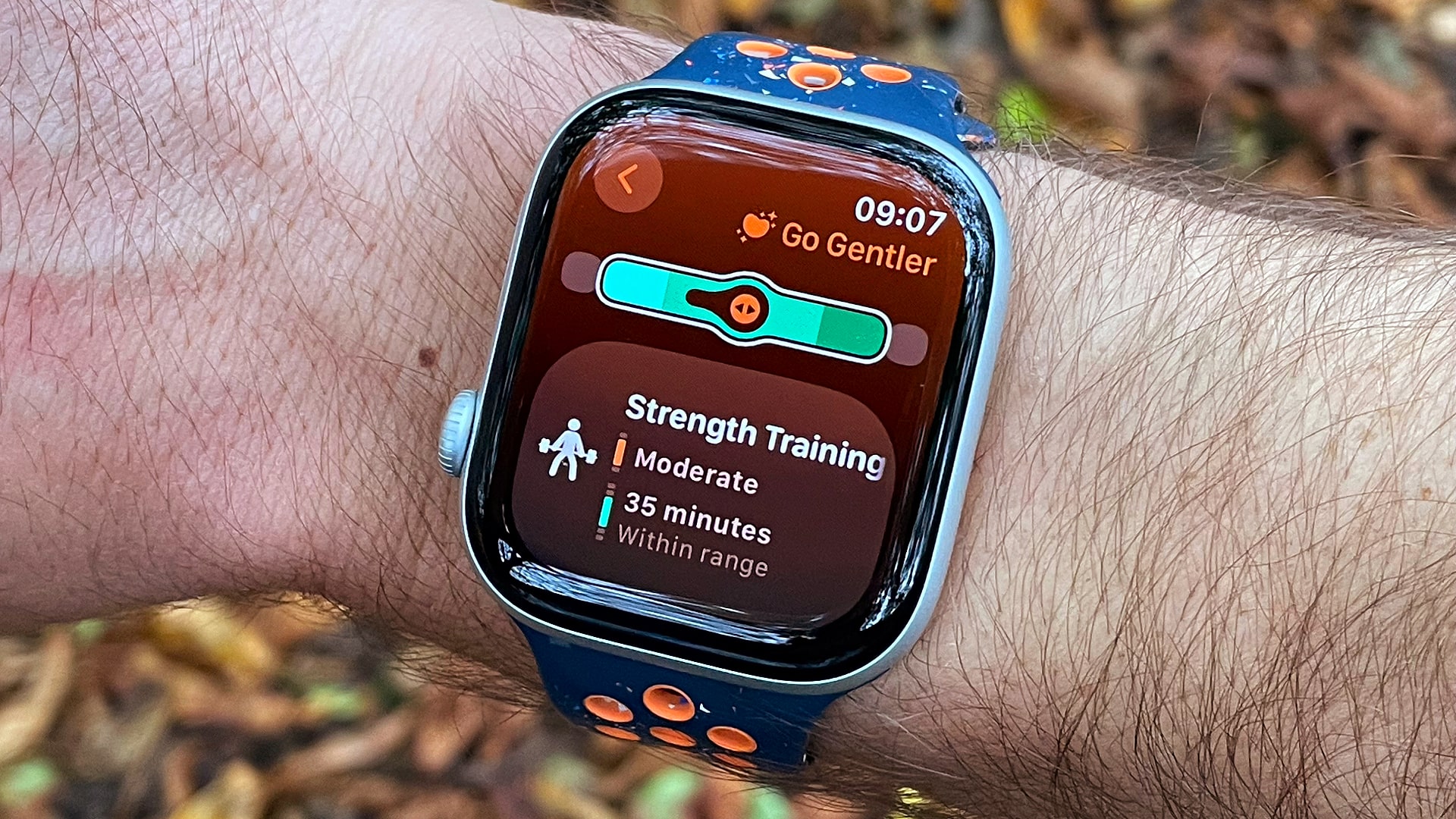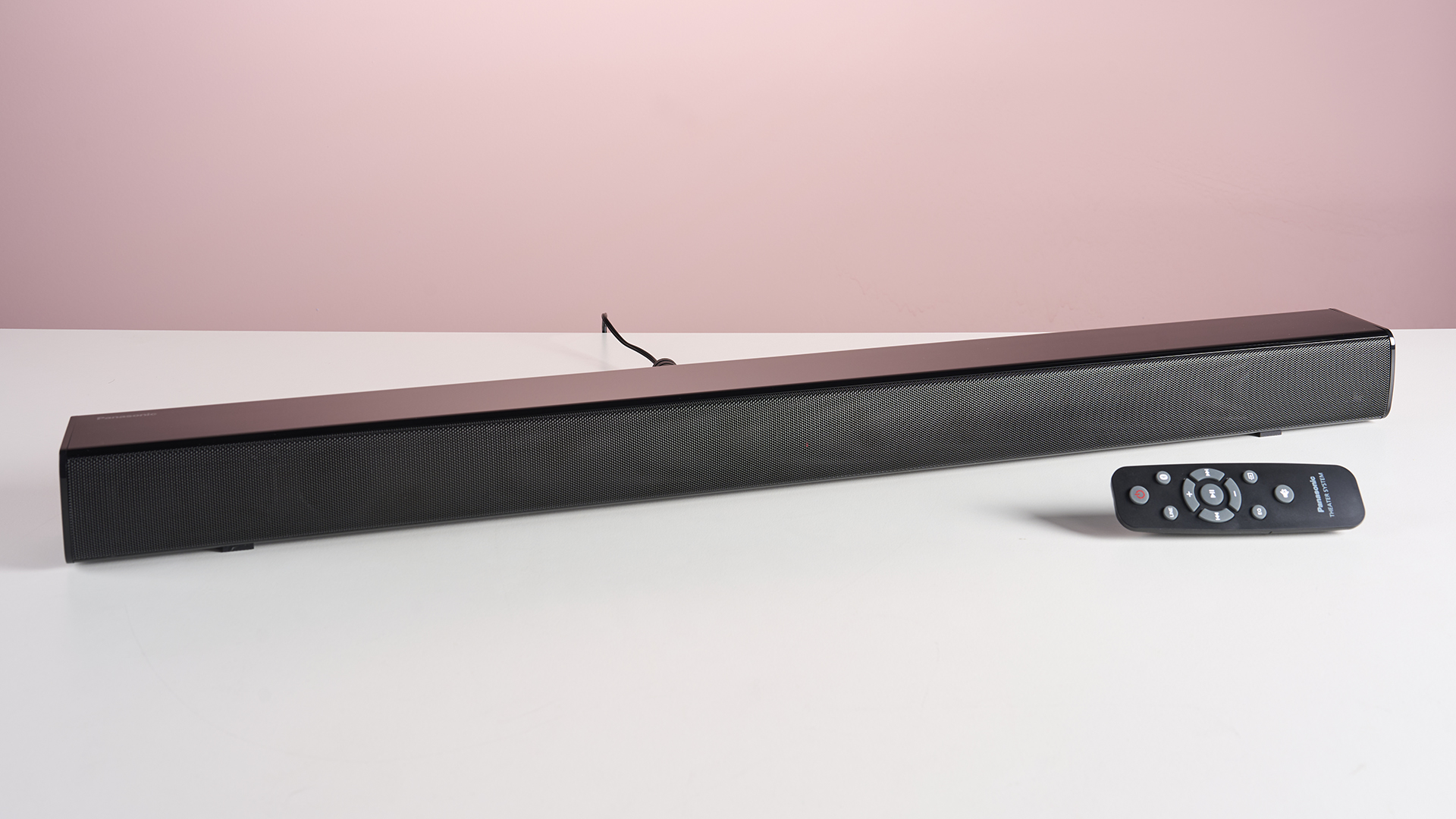Best portable power station of 2025: We tested over 30 units for power supply at home and on the road
We reviewed the best portable power stations for charging devices and appliances
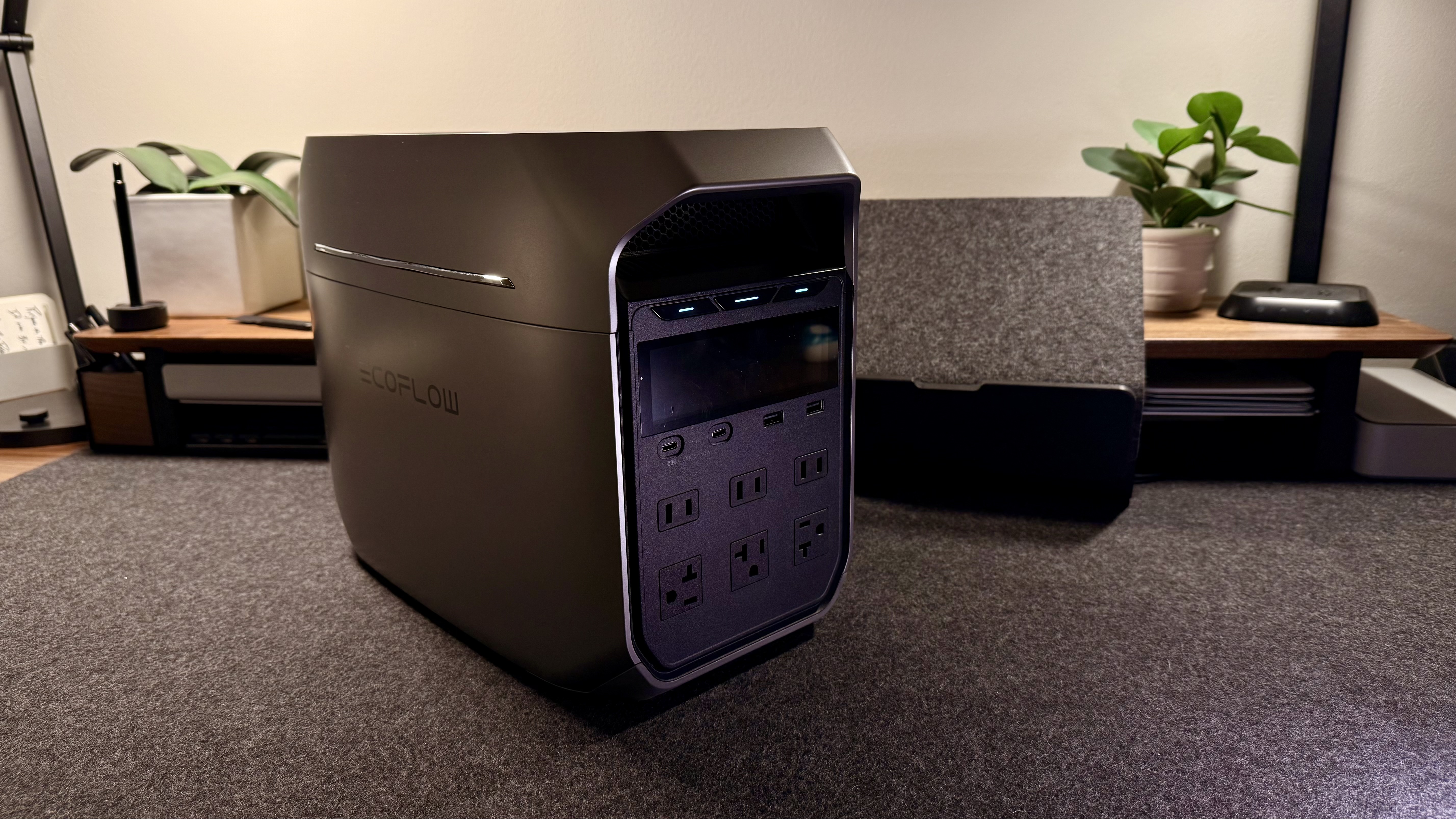
We've tested over thirty different models to find the best portable power stations. Whether you want durable power station for on-site work, a unit for camping and running your RV, as a home back-up system, or just need off-grid power, these are our top-rated recommendations.
What we're looking for whenever we review these models is a high battery capacity and output, lots of ports and adapters for charging and powering devices and appliances, and a portable design. We also assess extra features, like companion apps and Uninterrupted Power Supply (UPS), which delivers seamless, continuous power during unexpected outages.
Right now, the EcoFlow Delta 3 Plus is the best portable power station we've tested overall. It features a 2400W output on a 1024Wh battery and a good selection of ports for your devices - for most people and uses, it'll tick all the right boxes
Read our full review below, with some great alternatives whether you're enjoying the great outdoors, on the road, or reinforcing your home power supply.
The quick list
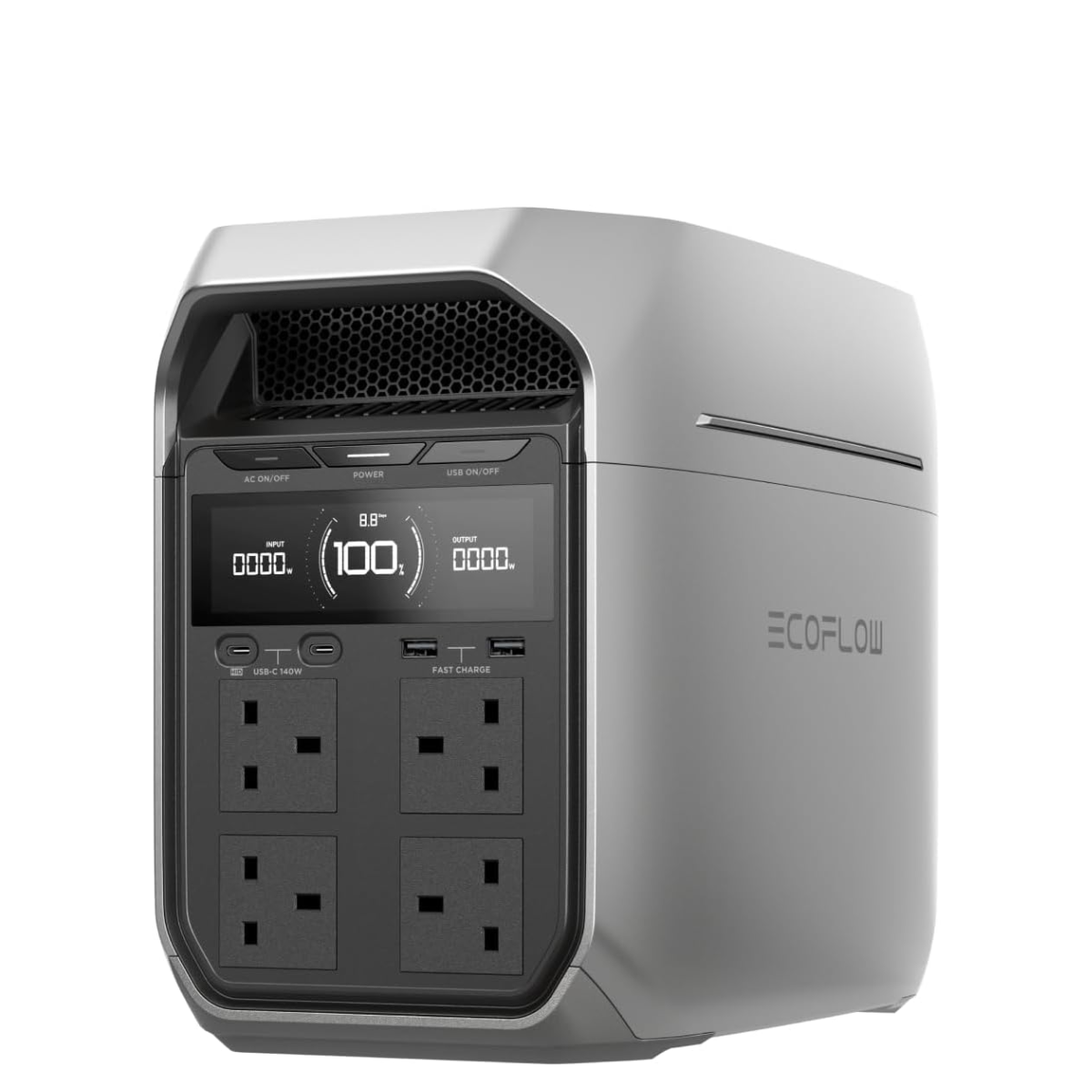
Best portable power station overall
An excellent blend of power, portability, and some advanced features. Thanks to the UPS with 10ms switchover, we liked the reliability, confident it’ll keep our devices powered even during outages.
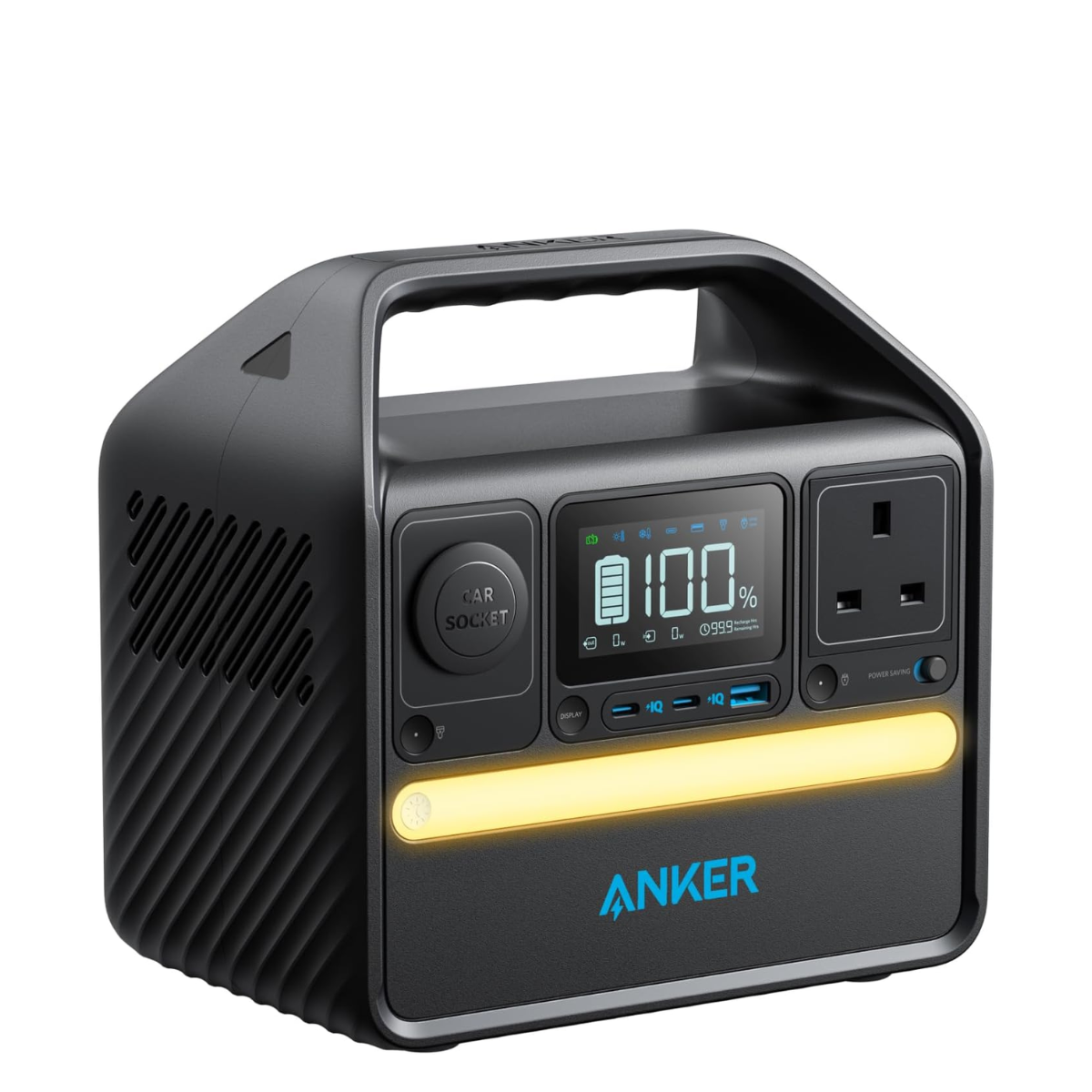
Best portable power station on a budget
One of the cheapest portable power stations around from a company whose units have always impressed us in review. For a sub-$200 model, I personally wouldn’t hesitate to opt for an Anker.

Best portable power station for camping
While almost anyone power station has potential for camping, I love the flat, narrow tower design here that really saves on space. Complete with its own well-made rucksack, with space for essentials and maximum portability.
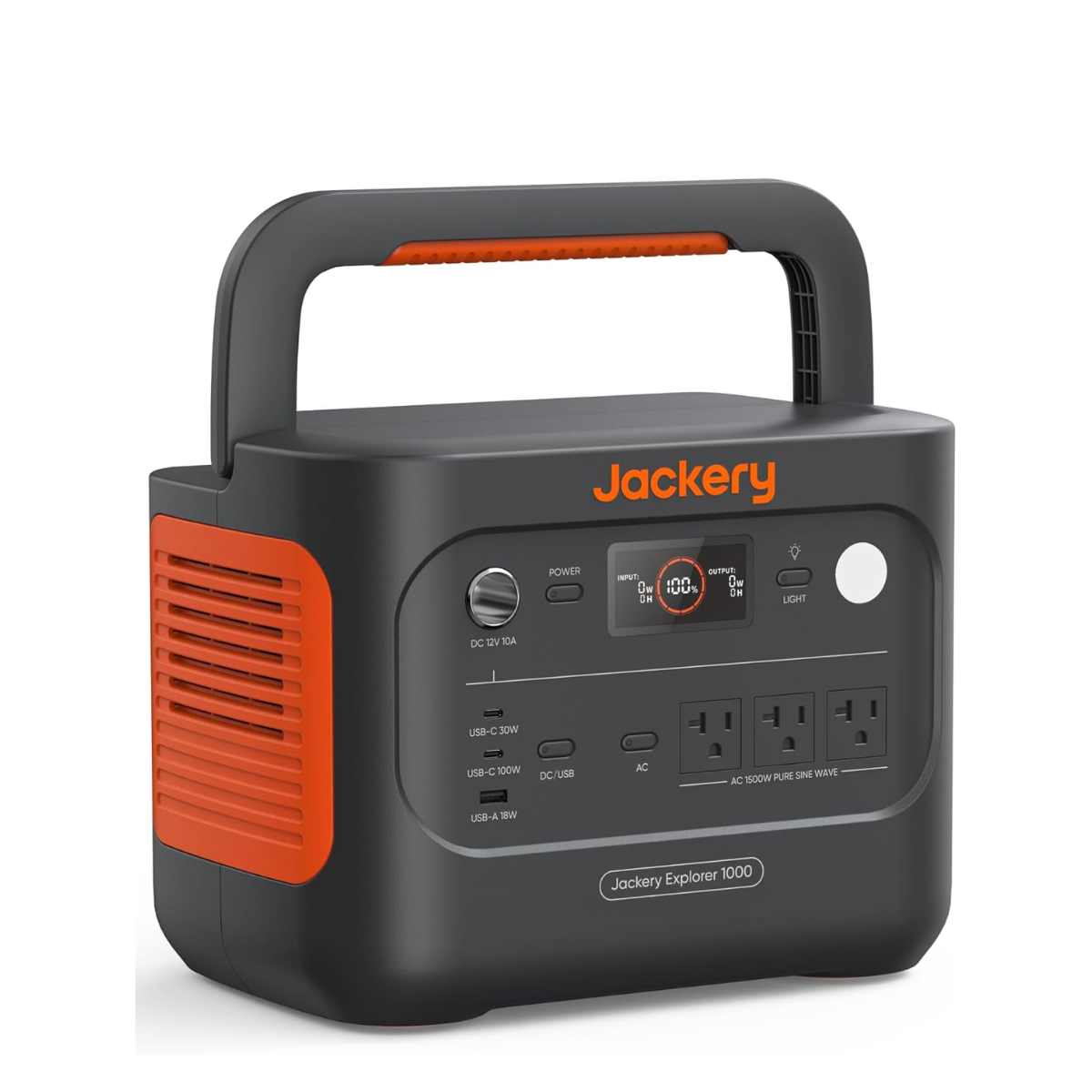
Best portable power station for on-site work
With a 1070Wh, 1500W output, and UPS, during our testing this unit proved ideal for when you need a reliable and pretty powerful unit for off-site work. And this redesigned version is a lot more portable, too.
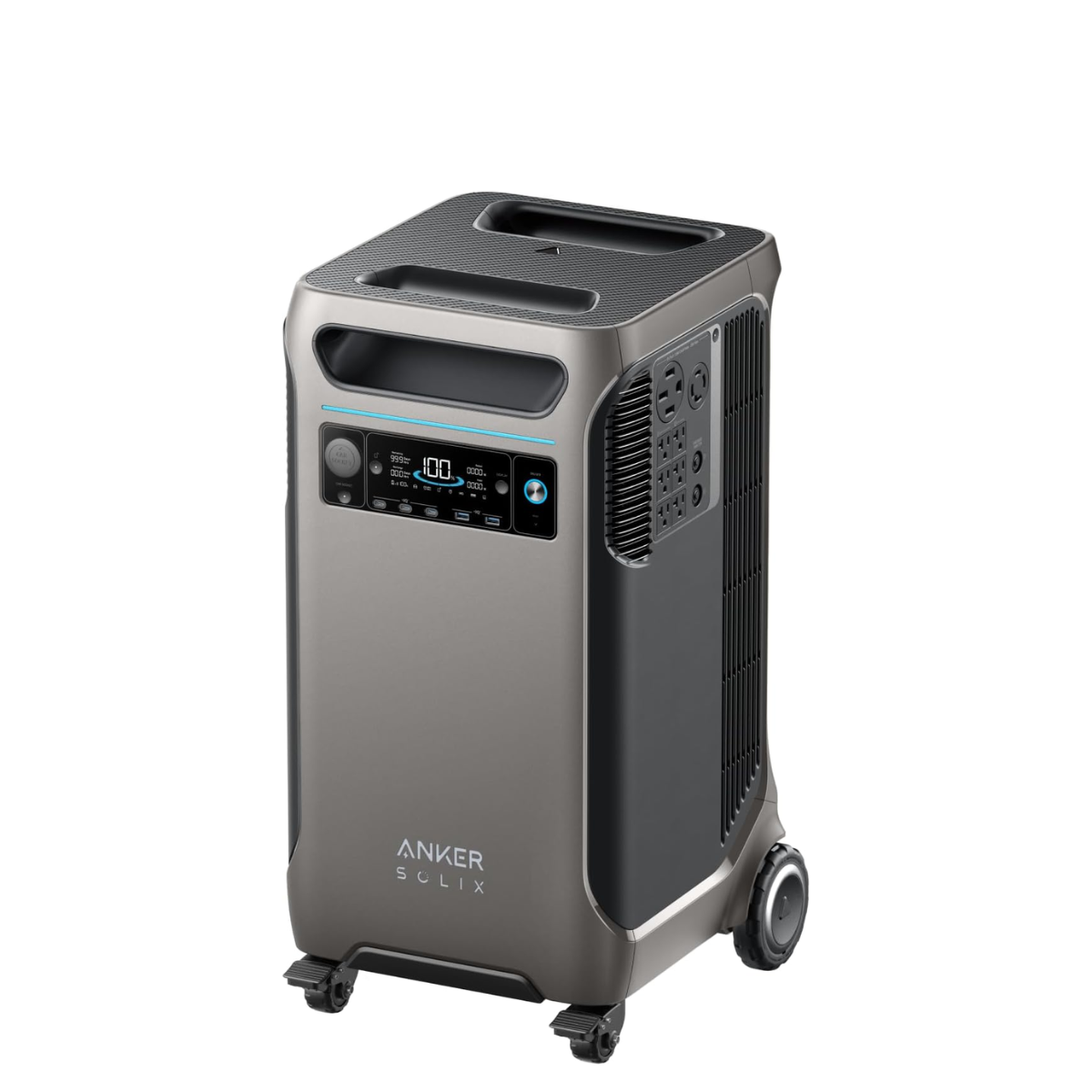
Best portable power station for RVs and home back-up
A heavyweight beast of a power station, this unit boasts battery expansion, loads of ports, and the high battery capacity and output required to effectively run an RV, offer home back-up power supply, charge an EV, or help you live van life to the fullest.
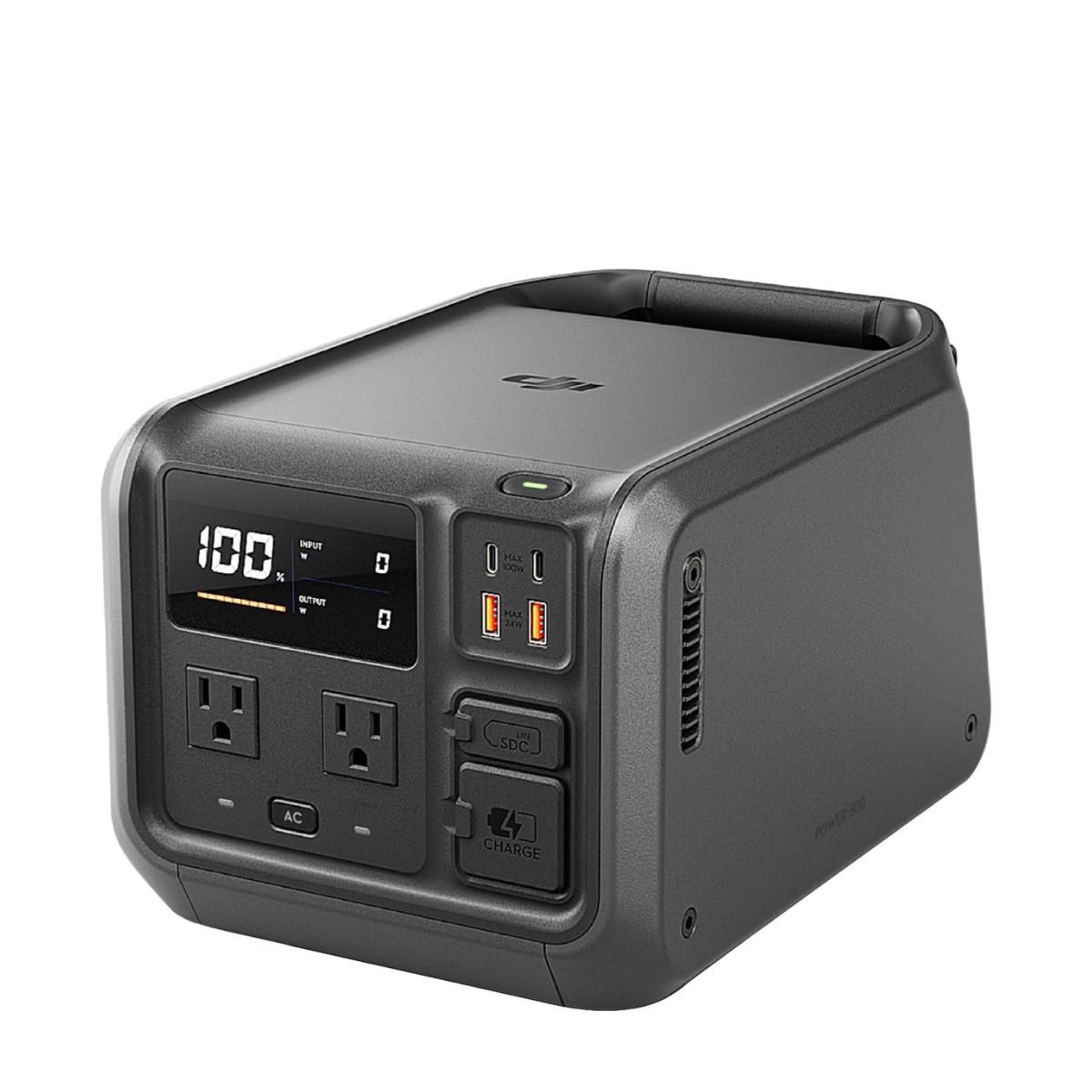
Best portable power station for drones
If you’re running a DJI drone, this compact unit is tailor-made for you, featuring all the usual ports and sockets as well as an SDC Lite port for charging up DJI’s line-up of drones.
Best portable power station overall





Specifications
Reasons to buy
Reasons to avoid
EcoFlow power supplies have long been a favorite of ours, and after extensive tests, the Delta 3 Plus proved an insight into the next generation of off-the-grid power.
Specs-wise, you’re looking at 1024Wh battery capacity, 2400W output, and a great port selection. For charging the device itself, you have the option of using AC, solar, car, or smart generator, making it a versatile device. .
So, what was our experience using it? Well, we tested this device in the home office, garden, in a Jeep, and out on the road, and it proved to be a lot of fun. Operation was quiet, and we liked the rapid charging features and overall robust build quality. But what particularly impressed us is the UPS with a 10ms switchover, which means your core devices shouldn’t lose connection. During review, we simulated several power outages and our router, laptop, even lights stayed on for as long as the portable power station held charge.
Price is admittedly high, and accessories are limited. However, for the cost, we found this unit delivered a solid balance of power, portability, and features, and an ideal solution for most uses.
Read our full EcoFlow Delta 3 Plus review
Best portable power station on a budget
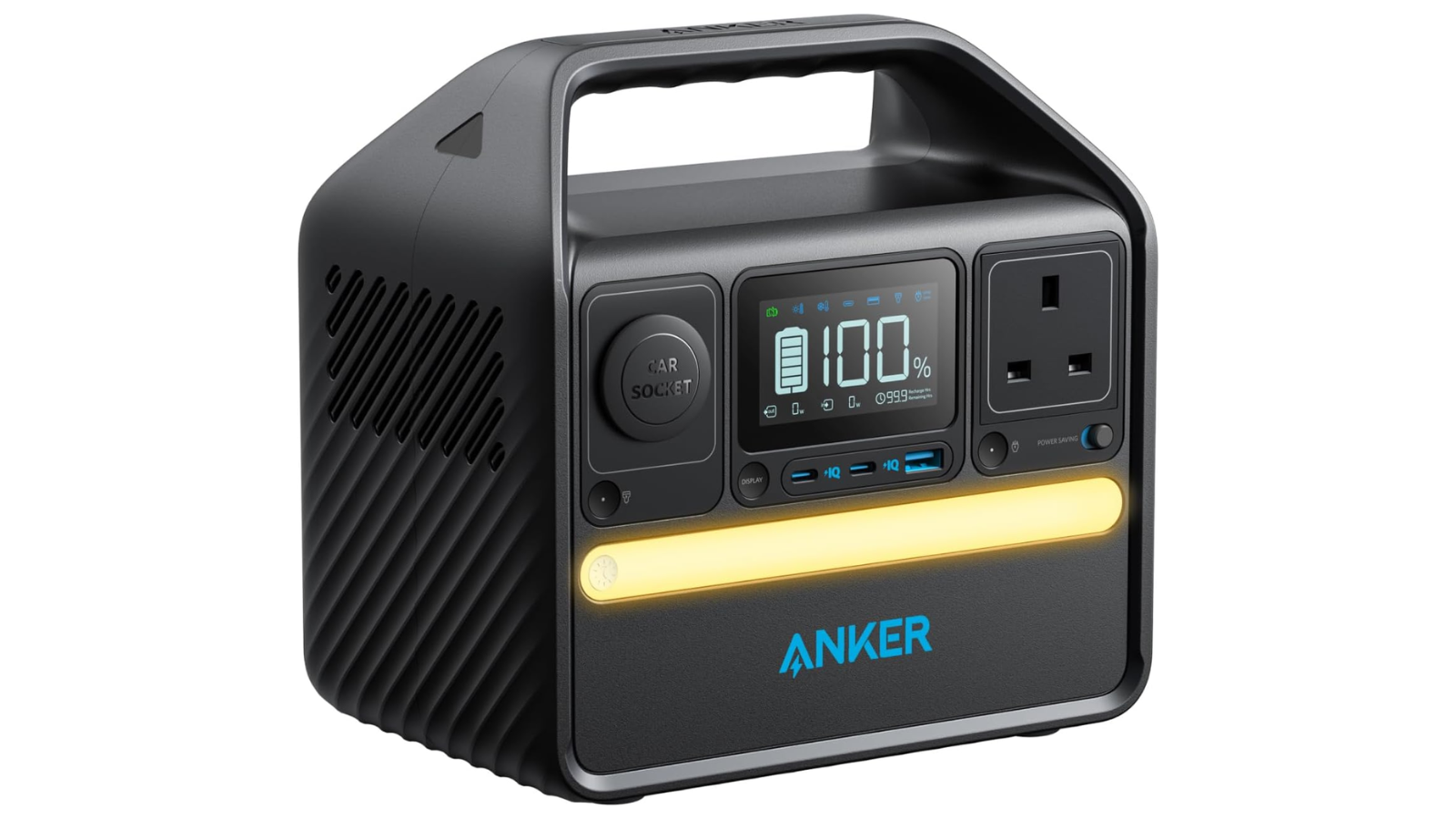
2. Anker 521
Specifications
Reasons to buy
Reasons to avoid
I don’t like including models in this round-up without a full review, but I’ll make an exception for the Anker 521, which is one of the cheapest portable power stations you can get.
I’m a big fan of Anker products in general and you’ll find them across my house, from wireless charging pads and power banks to headphones and earbuds. My team and I have also tested and reviewed a host of Anker power stations, and they’ve all proved good for a range of uses and budgets.
The Anker 521 is a compact unit with an LED display and a built-in LED light, which I like especially if you’re using it for camping or during a power outage. You’ll find five ports here - a single AC socket, two USB-A and one USB-C ports, and a car outlet. The trade-off for getting a budget portable power station comes from the lower battery capacity, which sits at just 256Wh. So, you won’t be able to power most household appliances or anything like that, but it’s more than enough to keep smaller devices like your phone and laptop on charge.
For slightly more power capacity for the price, the Jackery Explorer 300 is an option, although it doesn’t have the longer-lasting LiFePO4 battery. If your budget stretches a little further, I recommend checking out my Bluetti AC70 review. But for a decently specced portable power station under $200 typically, the Anker 521 should prove a great option.
Best portable power station for camping







Specifications
Reasons to buy
Reasons to avoid
Almost all compact portable power stations will be suitable for camping, but I rather like the Bluetti Handsfree 2 for this role - mostly because many of them are big, boxy, unwieldy units that take up a fair amount of space. The Bluetti Handsfree 2, on the other hand, has a unique tower design that fits snugly inside its own fairly well-made backpack, with room for accessories and essentials you’ll need for camping, hiking, drone operation, photography. It’s pretty versatile (although the bag can feel pretty chunky once full).
In use, we had no issues carrying and charging a range of devices thanks to the 512Wh capacity battery with a 700W output. There are five ports here, so you get one AC socket and two USB-A and two USB-C ports. In other words, we felt it ideal for anyone who needs a relatively simple solution for charging everyday devices like phones and laptops.
It’s not the most powerful portable power station we’ve ever tested, although it’s on par with other units of this size and price. A good alternative we’ve tried is the excellent Deeno GT X1500 (check out our Deeno GTX1500 review). But, at least, the unit is now more readily available across the US, UK, and Australia. If you want a truly portable device and possibly the slimmest model we’ve ever laid out hands on, there’s a lot to like about this one.
Read our full Bluetti Handsfree 2 review
Best portable power station for on-site work






Specifications
Reasons to buy
Reasons to avoid
US company Jackery is a core player in the portable power supply game, and one of those brands you typically can’t go wrong choosing. For on-site and field work, though, I like what’s on offer with the Jackery Explorer 1000 V2, an update on the V1 unit that increases the power output and improves both port selection and overall portability.
The capacity here is 1070Wh with a 1500W output and 3000W surge protection, capable of powering most household devices and appliances. In our own tests, we found it easily kept up charging three computers, a camera, drone, and lighting for the day. When we hooked up a MacBook Pro, it stayed fully charged with almost a continuous 100W power draw for six hours. We were delighted with the number of ports on offer - three AC sockets, one USB-A and two USB-C ports, and a car outlet - letting you power up a full suite of devices and appliances at once. Usefully, for those using this for work (or even at home), there’s also UPS, and when simulating an outage with a 3D printer, we experienced seamless switchover with no downtime when the power was cut.
At 10kg, it might be slightly too heavy for some, and the 1500W output won’t power every household appliance, like irons, but in short, there wasn’t much we didn’t like about the Jackery Explorer 1000 V2 when used for off-site work.
Read our full Jackery Explorer 1000 V2 review
Best portable power station for RVs and home back-up








Specifications
Reasons to buy
Reasons to avoid
There’s no denying that the Anker Solix F3800 is a big beast - but then, with a 3840Wh battery capacity and 6000W output, it needs to be. You can even expand power supply up to 26.9kWh with additional battery packs. We’re just thankful this 132lb monster comes on wheels for portability.
It’s been one of our favorite portable power stations for some time, and I can’t see that change anytime soon. If you need a lot of power for, say, your RV or van life, this is one of the best out there - according to Anker, the unit will capably handle running an air conditioner, or even directly charge an electric vehicle.
And after extensive testing, we can believe that. We ran a router, space heaters, and lights, charged laptops and iPads, and it handled everything we threw at it without issue. Port selection is excellent, boasting three UPS AC sockets and three standard AC sockets, a NEMA 14-50 AC port, L14-30R AC port, a DC port, three USB-C and two USB-A ports, home panel and dual solar panel ports, a car input port, and room for battery expansion.
Beyond the sheer size, weight, and cost, the only real downside here is that we couldn’t charge up another portable power station using this device (and we tried - and the unit warned us of potential damage).
Read our full Anker Solix F3800 review
Best portable power station for drones







Specifications
Reasons to buy
Reasons to avoid
Depending on connector type, almost all the best portable power stations here will charge a drone - but for my money, the DJI Power 500 would be my pick, since it includes a SDC Lite port specifically designed to power up DJI drones.
Alongside the SDC Lite port, you’ll find two AC output sockets, two USB-C and two USB-A ports, so even if you’re not charging a drone, the unit is still a good power station for general use and back-up power supply for smaller devices. I had a lot of fun reviewing this unit, which weighs just 16lb and is nicely compact. It has a carry handle to the rear which also doubles as a stand, tilting the unit upward and letting you keep an eye on the display while controlling your drone. During testing, I had no issues charging a laptop, phone, and a Nintendo Switch, and the device stayed quiet throughout operation.
With its 512Wh capacity, it’s not an ultra-powerful unit, and it’s not the best if you’re not a drone operator, as you’re losing an extra port to make space for the SDC Lite connection. However, for anyone looking for neat on-the-go and off-the-grid power for a range of devices, I recommend giving it a try.
Read our full DJI Power 500 review
Best portable power stations: Also tested
We've reviewed more than 30 units, and while not all of them can make our round-up, these are some of the best portable power stations if our featured round-up of top-rated devices don't tick all the right boxes.




Specifications
Reasons to buy
Reasons to avoid
The Anker Solix C1000 is compact, portable, reasonably priced, but still full of power - and really shines as a back-up power station for home offices, where our reviewer found it capably powered a host of laptops, monitors, light strips, and more. The device certainly got a workout during our testing, where we also used it to run a pressure washer, charge large-capacity batteries, and living room lamps during a power outage. As expected from an Anker unit, we had no issues here. The only downside, really, was the price - but since our review, we're seeing it a lot cheaper now.
Read our full Anker Solix C1000 review





Specifications
Reasons to buy
Reasons to avoid
Earning an Editor's Choice badge after review, the Deeno GT X1500 is a great all-rounder for portable power supply with wireless charging and a good port selection for most standard use-cases. Better still, for those who want a well-built unit for camping or field work, this one also boasts a built-in LED light. And a camping trip is exactly how we tested this device, where we found it easily powered several lights, charged a phone, smartwatch, and flashlights. In the home, we also tested out how well it could handle running carpet cleaners and shop vacs, charge up drills, and space heaters. It handled all this very well. However, we did note that the unit was slow to charge up using an oversized power brick, not especially quiet in operation, and we would've really liked to see some sort of grip on the wireless charging pad.
Read our full Deeno GT X1500 review




Specifications
Reasons to buy
Reasons to avoid
I'd characterize the Bluetti AC70 as a solid all-round device for the home - and that's where I spent most of my time when reviewing this model. I found it easily charged a range of smaller devices, including a laptop, phone, and the Nintendo Switch - and had no problems here at all. But note, it simply doesn't have the output to handle larger devices or household appliances. Design-wise, it's pleasant enough, small and boxy with curves edges and a decent amount of weight. I also liked the clarity of the LED display that kept me up to date on the status of the unit and connected devices. Port selection is fair, too, but won't be ideal for those looking to hook up a multitude of devices.
Read our full Bluetti AC70 review






Specifications
Reasons to buy
Reasons to avoid
The FossiBot F2400 promises a simple power station that has all the core features you need and none you don't - and that largely held up during review. Port selection is great, including three AC outlets and an RV outlet for those living the van life, while the built-in flashlight and 2400W output also impressed us. But what we especially enjoyed was the inclusion of a discreet cable compartment atop the unit, letting us storage all the important leads we need within the device itself. Overall, we enjoyed our time with this device, and experienced no issues when it came to charging up a range of devices. On the other hand, we were disappointed by the lack of battery expansion capabilities, the screen can be difficult to see, and navigating to find the right buttons for the job is also tricky. Otherwise, there's a lot to like about this device.
Read our full FossiBot F2400 review





Specifications
Reasons to buy
Reasons to avoid
Bluetti is another one of those portable power station companies that make a power station for just about every scenario and every size. However, while they make very good power stations for nearly every person and need, the one thing they do best is emergency power. Especially in light of all of the recent hurricanes in the US, Bluetti has stepped up their game in providing coverage to those in need, proving just how good they are for providing this kind of power in emergency situations. The AC500 + B300K setup is powerful enough to run a surprising amount of gear, and is plenty portable enough to be transported around by hand, cart, vehicle, or boat to get to where power is needed most. Plus, as many others can as well, the AC500 + B300K setup can intake solar power too, making it self-sustainable as well.
Read our full Bluetti AC500 review





Specifications
Reasons to buy
Reasons to avoid
It might be small, but the Jackery Explorer 300 offers a surprisingly impressive battery capacity inside its tough plastic shell. In our own tests, we found this one relatively lightweight, highly portable, and very easy to use. In many ways, it's the ideal portable power station for basic use - not too heavy, not overly complicated. Just throw it on the back-seat for keeping devices alive when you're working on the road (or just embarking on your next road trip). We especially liked the ability to charge through the USB socket, which we don't often see and proved to be very practical. If you're familiar with portable power stations, this is effectively a Jackery Explorer 1000 that's been shrunk by about two-thirds. It includes a 300W pure-sine inverter and a 293Wh lithium-ion NMC battery, which will be enough for smaller devices like laptops and phones. However, you'll struggle with anything that demands more power. And we were disappointed not to see a built-in flashlight, which would've made this near-perfect for its size. Still, the Jackery Explorer 300 is great at what it does, boasting a high battery capacity in a portable chassis with an excellent build quality.
Read our full Jackery Explorer 300 review



Specifications
Reasons to buy
Reasons to avoid
Ugreen’s GS1200 power station is an affordable medium-sized unit for home and office use. The 1024Wh LiFePo4 battery provides over 3000 charge cycles before losing 20% of its charge. With a good mix of DC and AC sockets providing 1565W, Wi-Fi, UPS, and fast charge, this station will make life more bearable during power outages. The GS1200 isn’t perfect by any means. The station’s Wi-Fi will turn off without warning, while a 400W solar input represents two and a half hours before the unit is fully charged. The always-on mode still allows a suspended PC to be turned off due to too little power consumed. The GS1200 remains a great buy for anyone looking for their first power station and comes with a five-year warranty out of the box.
Read our full Ugreen PowerRoam GS1200 review



Specifications
Reasons to buy
Reasons to avoid
The Mega 2 power station from Oupes packs a 2048Wh battery and a 2500W AC inverter that can surge to 5400W for short periods. With an efficiency of 86%, the unit gets barely warm and generates very little noise through the fans. If more battery capacity is needed, additional power packs can be added, bringing the total capacity to over 10kWh. The station can fully charge in less than two hours, providing UPS mode and wireless accessibility through Bluetooth and Wi-Fi. It lacks a flashlight but includes a TT30 power socket for RVs and trailers. The Mega 2 has fifteen low-power outputs, including a 12V cigar lighter socket and two 100W USB Type-C. The mobile app for Apple and Android is a joy to use and provides complete control over the station remotely.
Read our full Oupes Mega 2 review
Best portable power stations: FAQs
Are portable power stations worth it?
Yes, but it depends on how often you use it and how many devices you're charging. There are a lot of models on the market, and the best portable power stations can handle everything from charging mobile devices and laptops to powering appliances and even EVs. If your needs are simple, you can pick up a good portable power station for around $150-200.
What is the difference between a portable power station and a generator?
Generally speaking, a portable power station is charged and outputs electricity. Generators tend to refer to units that use fuel like gasoline to generate energy and power.
Both can be used for back-up purposes, and both have different pros and cons.
Power stations are quieter, cleaner and more eco-friendly, and . However, their battery capacity can be low, and if it runs out of charge during a power-cut, you'd best hope it has built-in solar panels to re-charge.
Power generators are ideal for running heavy appliances, as they have a higher capacity, and isn't reliant on electricity, making it perfect for a back-up solution.
How many years do portable power stations last?
It depends on how often you use your power station and the type of battery inside. Like any battery, for example one in a phone or laptop, this will wear down over time until the power station no longer holds charge. General estimates put the lifespan of a portable power station at around ten years. Expect it to last approximately five years minimum with standard use.
What can you run on a portable power station?
So long as your portable power station has the right ports and enough capacity, it can run a massive range of devices, including phones, laptops, and desktops. Higher capacity units will also let you power appliances and charge electric vehicles.
Check which ports your preferred model has, including USB Type-A and Type-C, AC and mains sockets.
How long can you run a portable power station?
It all depends on the power station and the device or devices you're charging. As a general rule of thumb, to figure out how long your portable power station can run, divide battery capacity (Wh) by power drawn by the device (W).
What is UPS and why do I need it?
UPS stands for Uninterrupted Power Supply, and it’s a really important feature if you’re powering devices like routers and household appliances like fridges, or working on-site and need reliability. If you experience a power outage, the portable power station will automatically and seamlessly continue charge your devices without dropping the supply.
How to choose the best portable power station for you
Why you can trust TechRadar
When selecting a portable power station, it's essential to identify your primary needs and priorities for owning one. Most portable power stations have main common features (such as a battery and ports to pull power from that battery). However, port options, battery sizes, UPS ability, and recharging ability are some features that could vary from product to product.
For example, suppose you need a portable power station at the office to back up a vital computer or other technology. In that case, you will need a different portable power station than if you plan on running a campsite or your kitchen fridge in a power outage. In the office, a main focus point would be the UPS ability so that the battery backup would kick in if there is a power outage, yet you can safely keep it plugged in at all times so that when it can, the power station with UPS can pull from the outlet's power. For camping, having that UPS feature may not be nearly as vital, but what would be more important is a balance of size and capacity while also featuring all the ports you need, the proper output, and perhaps even multiple ways to recharge the battery. Maybe you'll need several USB-C outlets to charge camera gear, perhaps you'll need a high-output AC outlet to plug in an air mattress for inflation, and maybe you'll want the ability to recharge via solar or DC power from your truck so you can be completely off the grid.
It's important to consider whether weight is a factor in your situation. Will you need to move it to a campsite or will it stay put once it's set up? Will you keep it in your vehicle for emergencies or use it in remote locations? Your answer to these questions will determine whether weight is a deciding factor in your choice. Some power stations come with handles or wheels, while others are designed to be portable but will mostly be used in one spot. Whatever your scenario, make sure to choose the power station that fits your needs.
If you aren't quite sure which one to get, guides like this can help. We've done the hard work of testing these power stations, and our expert team of reviewers is here to help you decide which portable power station you may want to buy for whatever adventures lie ahead.
How we test the best portable power stations
Our team of expert reviewers have hand-tested a range of outdoor-ready equipment, including the best rugged smartphones, the best rugged laptops, and the best rugged tablets for working out in the field. We've even tested out the best rugged hard drives. So, we know what to look for when it comes to technology for rural locations and hostile environments.
We test the best portable power stations on volume, weight, battery chemistry, and additional feature sets. Before writing any review, we try to fully understand the unit to describe each device's pros and cons best and accurately compare them. Part of this process is through benchmark tests, part is through daily use, and part is through simulated or real scenarios.
As the main function of these devices is to be batteries, we test charge and discharge cycles on every unit. First and foremost, this is the most important feature of the portable power stations we test. If they cannot meet our standard here or do not come near what the other portable power stations in this guide are capable of, we will most likely not include them.
Next, we push the power stations to their limits and beyond. We intentionally exceed the maximum power allowed on each generator, then observe and note the recovery from the over-power protection. This helps us promote safe power stations for you and your family.
To ensure reliability, these tests are designed to learn the features, the downfalls, and the limits of the power stations tested by our subject matter experts.
Get in touch
- Want to find out about commercial or marketing opportunities? Click here
- Out of date info, errors, complaints or broken links? Give us a nudge
- Got a suggestion for a product or service provider? Message us directly
- You've reached the end of the page. Jump back up to the top ^
Are you a pro? Subscribe to our newsletter
Sign up to the TechRadar Pro newsletter to get all the top news, opinion, features and guidance your business needs to succeed!

Steve is B2B Editor for Creative & Hardware at TechRadar Pro. He began in tech journalism reviewing photo editors and video editing software at Web User magazine, and covered technology news, features, and how-to guides. Today, he and his team of expert reviewers test out a range of creative software, hardware, and office furniture. Once upon a time, he wrote TV commercials and movie trailers. Relentless champion of the Oxford comma.








